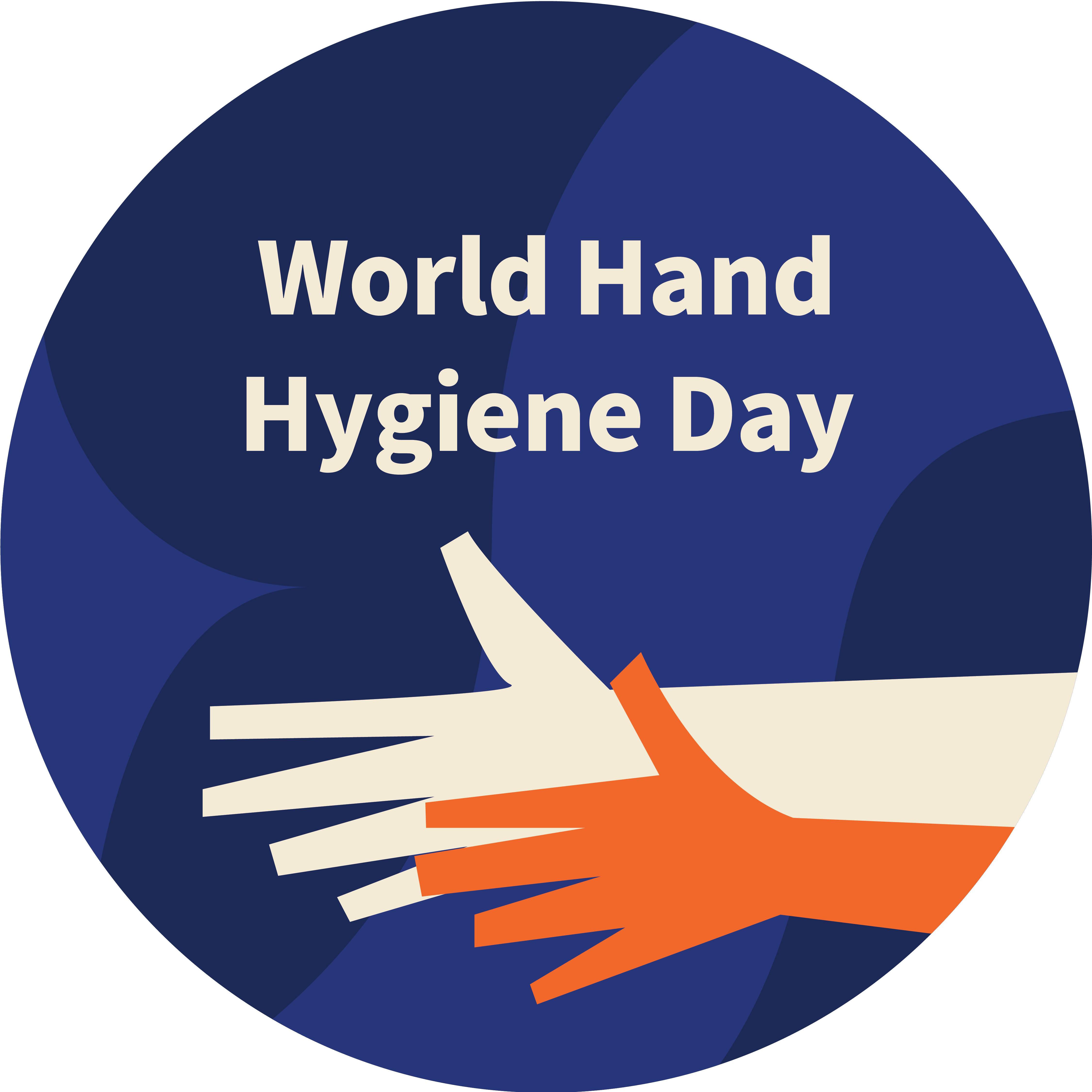Safer patient care through better Peripheral Intravenous Catheter management.
DOI:
https://doi.org/10.3396/ijic.v8i2.9074Abstract
A surveillance project was undertaken in 3 medical wards of a teaching hospital in Malta, with the aim of introducing standardised peripheral venous catheter (PVC) care and to reduce risk of infections. Data on 285 peripheral catheters left in situ for more than 12 hours was collected from October 2010 to February 2011 in two separate surveillance periods; pre and post intervention. In the pre-intervention phase 132 observations of PVC were carried out whereas 153 catheters were observed in the post-intervention phase. Each catheter was assessed for documentation of insertion date, quality of dressing, duration of catheter and Visual Infusion Phlebitis (VIP) score. The intervention consisted of introducing the VIP score document for daily cannula assessments and their duration not exceeding 72 hours. Medical doctors and nurses were offered regular training on the new procedure and the post-insertion care of PVC lines. Other measures included daily assessment of PVC line, weekly audit with feedback to nursing and medical staff. The phlebitis rate fell from 22.7% in the pre-intervention to 6.5% in the post-intervention phase. There was also significant improvement in dressing quality and reduction of PVC duration days. The risk of developing phlebitis was 3.47 times higher in the pre-intervention phase than in the post-intervention (95CI: 1.77-6.84) p=0.0001. The results suggest that a significant reduction in the incidence of inflammation associated with peripheral intravenous catheters may be achieved by performing daily cannula assessments and replacing the catheters after 72 hours.Downloads
Downloads
Published
How to Cite
Issue
Section
License
Authors retain copyright of their work, with first publication rights granted to IJIC. Read the full Copyright- and Licensing Statement.




